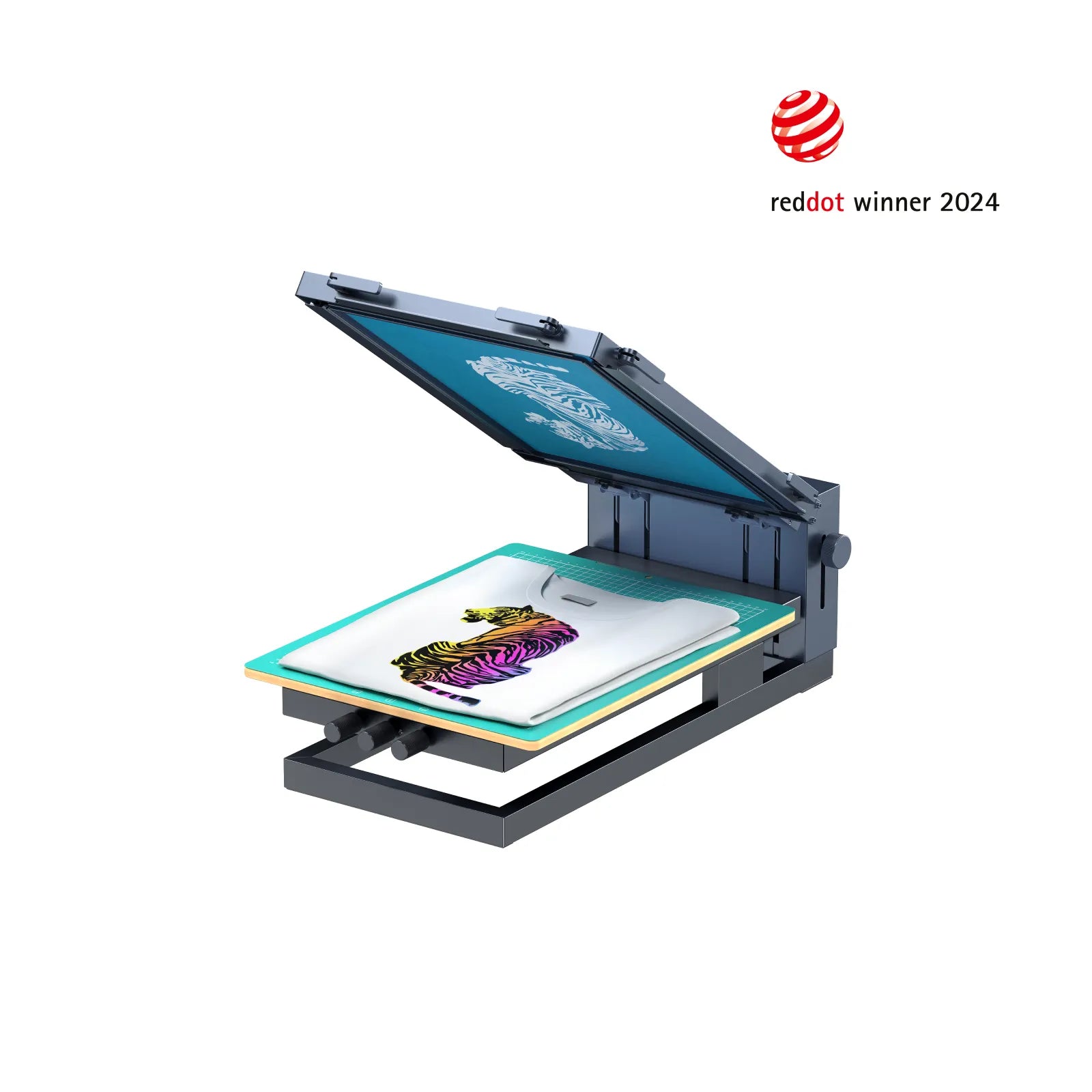ChatGPT said: How to reach 10:9 Design contact for service inquiries
The Essential Guide to Recognizing Screen Printing and Its Versatile Makes use of
Screen printing has an abundant background that goes back to ancient times, progressing right into a sophisticated technique utilized across different industries today. This overview explores the details of the screen printing process, describing its applications in style, advertising, and home decoration - 10:9 Design Company. Comprehending these fundamentals can open up innovative potential for both industrial and imaginative jobs. The adhering to sections will expose essential suggestions and strategies to improve one's screen printing endeavors
The Background of Screen Printing
Although screen printing has roots that trace back centuries, its development shows the technical and imaginative developments of various cultures. Coming from old China, the strategy was originally made use of for enhancing fabrics and later infect Japan, where it ended up being important to Ukiyo-e woodblock printing. The approach changed to Europe in the 18th century, where it got appeal among artisans and industrial printers. The development of picture solution in the 20th century reinvented screen printing, permitting even more complex styles and greater efficiency. Artists like Andy Warhol even more pushed its popularity, using the medium to develop legendary jobs that mixed commercialism and art. By the late 20th century, screen printing had actually developed itself as a versatile technique, employed in style, marketing, and great art. Today, it remains to evolve, incorporating digital technology and increasing its applications across various sectors.
The Screen Printing Process Explained
Screen printing changes creative visions into substantial layouts via a series of specific steps. A picture is developed and then moved onto a screen, usually made of great mesh material extended over a frame. A light-sensitive solution is used to the screen, which is revealed to light, solidifying in locations not covered by the image. After cleaning out the unhardened solution, a stencil is created.
Next, the screen is put over the substratum, whether it be fabric, paper, or one more product. Ink is after that pressed through the open locations of the pattern using a squeegee, depositing the layout onto the substrate below. This procedure can be duplicated for multiple colors, needing different screens for every tone. The printed product is treated making use of warmth to guarantee the ink adheres correctly, resulting in a long lasting, vivid layout ready for use.
Types of Screen Printing Techniques

Additionally, specialty techniques, such as discharge screen printing, eliminate dye from the fabric to create softer prints, while foil screen printing applies metallic foil to achieve a glossy coating (10:9 Design Company). Each technique offers distinct attributes, dealing with various creative demands and manufacturing ranges, eventually broadening the possibilities within the screen printing domain
Applications of Screen Printing in Numerous Industries

Furthermore, the signs and marketing sectors make use of screen printing for developing captivating displays and banners. This approach enables for vibrant colors and detailed styles that record attention. In electronic devices, screen printing is employed for applying conductive inks to motherboard, important for part connections. The home style industry accepts screen printing to create distinct designs on textiles and wall surface art. On the whole, check that screen printing acts as a vital device throughout diverse fields, boosting products with individualized and aesthetically appealing graphics.
Tips for Successful Screen Printing Projects
While carrying out a discover here screen printing task, mindful attention to detail can considerably improve the final result. Initially, picking high-quality materials is important; this includes the screen, inks, and substrates. Utilizing proper mesh matters can impact ink deposition and information resolution. Preparation is similarly essential; extensive cleaning of screens and proper exposure times guarantee crisp prints.
Next off, exact enrollment is essential for multi-color prints. Making use of placement tools can assist attain specific layering. In addition, screening prints on scrap materials before manufacturing aids determine prospective concerns without losing sources.

Regularly Asked Inquiries
What Materials Are Best for Screen Printing on Fabric?
Cotton and polyester blends are ideal for screen printing on textile due to their resilience and ink absorption. Additionally, specialized materials like silk or canvas can produce distinct textures and finishes, boosting the general design top quality.
Exactly how Do I Tidy and Maintain Screen Printing Devices?
To clean up and keep screen printing tools, one ought to routinely clean screens with appropriate solvents, check squeegees for wear, oil moving components, and store all things in a dry, go to these guys dust-free setting to prolong their life-span.
What Are the Environmental Influences of Screen Printing?
Screen printing can have considerable ecological impacts, consisting of chemical waste from inks and solvents, water use throughout cleaning procedures, and energy usage. Green materials and sustainable methods are essential for lessening these adverse effects.
Can Screen Printing Be Done in your home Efficiently?
Screen printing can be successfully done at home with the appropriate materials and methods. Enthusiasts can develop top quality prints, though success depends on their skill level, tools, and understanding of the procedure entailed.
What Are the Costs Connected With Starting a Display Printing Organization?

Beginning a screen printing organization entails prices for tools, products, and office. Preliminary costs usually range from a few hundred to several thousand bucks, relying on the scale, quality of machinery, and wanted production ability.
Screen printing has an abundant history that dates back to ancient times, evolving into a sophisticated technique used across different industries today. One more strategy, rotary screen printing, employs cylindrical screens, assisting in constant printing on textile rolls, consequently enhancing effectiveness for massive manufacturings. In addition, specialty techniques, such as discharge screen printing, get rid of dye from the textile to produce softer prints, while foil screen printing applies metal foil to accomplish a glossy coating. In the fashion sector, screen printing is commonly made use of to create vivid layouts on apparel, enabling brands to showcase their unique designs. Cotton and polyester blends are ideal for screen printing on fabric due to their durability and ink absorption.